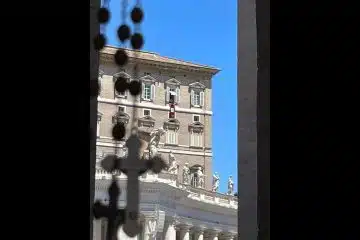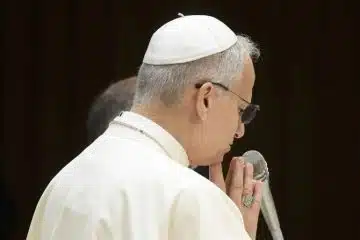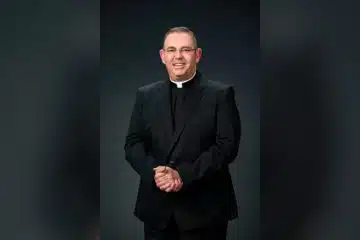The light is on… but what do I do? How to return to Confession

Most parishes in the Archdiocese of Cincinnati will be open for confession on Feb. 27 from 7-9 p.m., when “The Light is on for You” returns for the fifth year. If you have been away from the Church, or if you have been reluctant or unable to see a priest for confession, you are invited to experience the reconciling peace of Christ through the grace of this sacrament, also called the sacrament of reconciliation.
Peace is the watchword for the evening, says Sean Ater, director of New Evangelization for the archdiocese: “This year it’s about no stress — just peace!”
How to make a confession
Whether you confess your sins in a confessional booth or face to face with a priest, the process is the same:
Make the sign of the cross.
Say, “Forgive me Father, for I have sinned, it has been (period of time) since my last confession.”
The priest will welcome you and may read briefly from scripture.
Tell the priest your sins, and how often you have done them. (You do not have to go into great detail or explain your actions. For instance, say: “I lived with someone I was not married to for three years,” or “I said cruel things to my neighbor,” or “I lied to my best friend.”) It is okay to bring a list, if you are nervous about talking or about forgetting something.
Talk with the priest about your actions, if he invites you to. If he doesn’t, or after you have done so,
Say any act of contrition prayer (Father Rob Jack recommends the traditional one below), but many others can be found online and in prayer books) or otherwise express that you are sorry for your sins and that you resolve not to sin in the future.
The priest will give you a penance — prayers to say, or something to do in reparation for your sins and to help you refrain from sinning again — and ask if you will do it. If you can’t do what the priest asks, tell him and he will assign you another penance.
The priest will then extend his hands and absolve you of your sins. He does this, not himself, but standing in the place of Christ for you to see and hear. It is Christ who forgives you. The priest uses these words:
“God the Father of mercies, through the death and resurrection of your Son, you have reconciled the world to yourself and sent the Holy Spirit among us for the forgiveness of sins. Through the ministry of the church, may God grant you pardon and peace. And I absolve you of your sins, in the name of the Father, and of the Son and of the Holy Spirit. Amen.”
If you have been away from the church for any reason, reconcile yourself to God through his church, discover the peace of Christ, and come home. The light is on for you.
Act of contrition (traditional)
O my God, I am heartily sorry for having offended you, and I detest all my sins because I dread the loss of heaven and the pains of hell; but most of all because they offend you, my God, who are all good and deserving of all my love. I firmly resolve with the help of your grace, to confess my sins, to do penance and to amend my life. Amen.
For more on the sacrament, visit EncounterPeace.org. If you cannot make it to a church on Feb. 27, call a local parish and ask to schedule confession with a priest.
For more on this subject, see our companion pieces: “Be not afraid: A priest shares his thoughts on the gift of confession” and “Confession Q&A with Father Rob Jack,” as well as Archbishop Dennis M. Schnurr’s February letter and our February columns by Steve Trosley, Father David Endres, and Jeanne Hunt.













